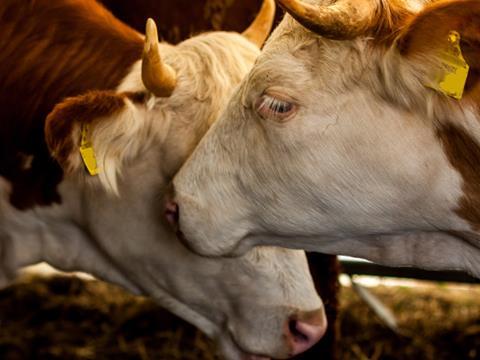
Labelling on how meat is raised and slaughtered is shaping up to become one of the grocery sector’s hottest potatoes (if you’ll excuse my mixing of food-related metaphors).
Sausage brands such as Heck and Richmond and retailers such as Asda came under fire for their bucolic depiction of farm animals in a Times article last weekend. Now, welfare groups are ramping up the pressure on labelling standards.
Of course, this is not a new debate. Campaigners have been calling for compulsory method of production labelling (and the even thornier issue of method of slaughter) on meat and dairy products for years. But it seems there is now a groundswell calling for reform, which could go to the very heart of how food is produced and marketed.
Compassion in World Farming, the Soil Association and the RSPCA recently launched the Labelling Matters coalition. It will lobby for change and argue the practice of food brands showing happy animals in pleasant pastoral environments is often hugely misleading.
The coalition says large percentages of animals in the meat and dairy sectors don’t see a field in their lives, despite on-pack imagery to the contrary. It also takes issue with meaningless terms such as ‘farm fresh’.
With last week’s media coverage of ‘dishonest food’ (as The Times put it), and an apparent appetite at government level to consider tighter rules on food labelling, there’s every chance these kinds of arguments will be getting more traction than they would have done in the past.
Indeed, it’s clear this type of thinking is already making the food sector nervous.
Campaigners want meat and dairy labelling that could carry wording on methods of production similar to what is found on packs of eggs, such as ‘intensive indoors’, to give shoppers a clearer picture of where their bacon comes from.
But the likes of the British Meat Processors Association, the NFU and the National Pig Association warn that meat and dairy supply chains are much more complex than campaigners suggest
For example, milk from myriad separate farms will be mixed together to make the average pint, ditto for packs of mince and sausages. It would be almost impossible to give a clear reflection of where a particular product came from, and whether individual animals were housed indoors or outside.
There’s also the fact animals won’t necessarily benefit from higher welfare just because they’ve been kept outdoors, they argue. Welfare outcome and method of production are not the same – just look at how many animals were brought inside during the recent bout of bad weather.
Then there’s the issue of cost. Moving towards mandatory method of production labelling could lead to higher costs of production, particularly where it would have to involve segregated supply. Carcase balance could present further problems.
Whether these arguments will be given a fair hearing in the face of strong campaigning remains to be seen.
As Michael Gove seeks to flesh out his vision for a green and more sustainable Brexit – including potentially rewarding producers for boosting animal welfare – we could be now be at a crossroads for the food industry over labelling.







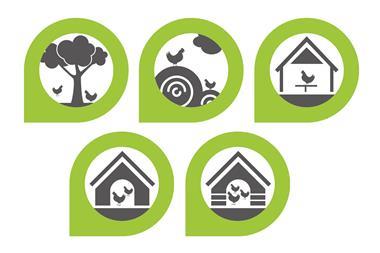
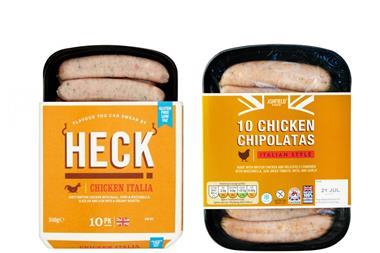

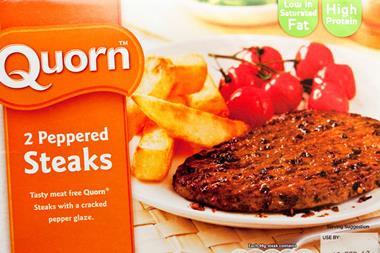
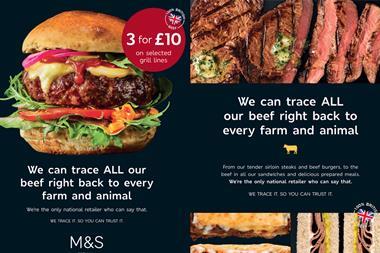







No comments yet